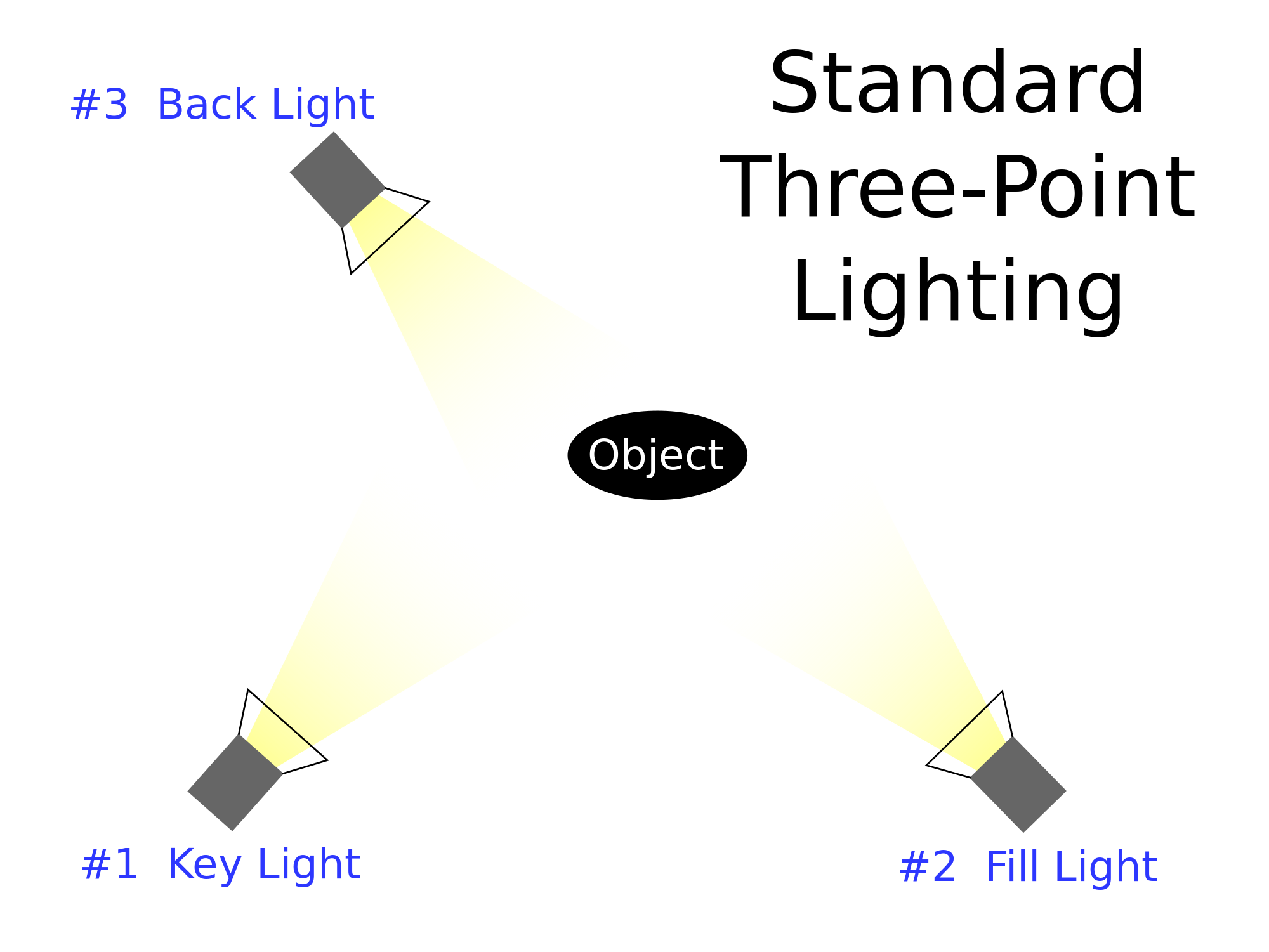Camera
We used my personal Canon 1100D DSLR camera for filming as I know how to use it far better than any other cameras provided. It provides a higher quality video with 12.2 megapixels and my two lens - an 18-55mm f/3.5-5.6 and a 36-78mm f/3.5-5.6 - provide a wide range of possibilities. We used a tripod for many shots to stabilise the camera. The only other option was handheld which proves to be too shaky for many shots. What would have improved the film as a whole is switching the camera to a fully manual mode. That is where the exposure, Frame per Second, Aperture and ISO must all be set manually to suit the location and scene. The automatic setting can also be slow in change, meaning something like moving outside into bright sunlight results in several seconds of overexposed footage. Manual settings don't change, therefore can be preset or changed quickly for a specific location. My camera also comes equipped with an on-board microphone that syncs directly to the footage. However we opted to use a separate, higher quality sound recorder in which we could choose whether to have surround sound or narrow focus recording.
Lighting
The Three point Lighting system is a standard lighting set up that can be used to create several different lighting styles from natural light to dark and mysterious. This requires three lights to control illumination, shadows and background separation (Key, Fill and Back light). Unfortunately we were only able to procure one light, severely limiting what we could do. Thankfully there was a large amount of natural light available at the time of filming, meaning it was of little matter whether we used no lights or twenty. The light we should have sued more of is the Back light. Placed behind the subject, it separates him/her/it from the background. A few shots appear dull as colours seemingly blend into each other. A diffuser was used to soften the harsh LED lights. Despite it not being a piece of technology, without this piece of equipment, the subject would have been too brightly lit. The camera may also register this increased brightness and adjust, underexposing the image. To improve for next time, using at least two lights, one Key and one Back, to make the wanted effect in the image is achieved.
 |
| Three Point Lighting |
Editing
To edit, we used Final Cut Pro. A software we were already familiar with from the Preliminary, we all knew how to use the basics. What we tried to do for the Thriller is go beyond that. Editing was very much a 'Do everything as well as possible and keep going back to improve' sort of process. A large amount of the focus was on Sound as it was of poor quality in the Preliminary. This unfortunately left the video largely neglected for once the shots were organised, focus was immediately on Dialogue, Soundtrack, Ambiance and Foleys. The story included several flashback scenes that needed the jump in time to be explained visually.
"A standard technique is to begin the flashback scene(s) with a flash of white and colour correct the video (e.g. Black & White or High Saturation). However a flash would add time that would impede with what is supposed to initially be a fast transition into the flashback. To substitute, a dull white vignette was added to the first flash back sequence. While to separate the second flashback sequence, Saturation was turned down 90%."
"The Soundtrack was accidentally all made by Kevin MacLeod. His wide variety of music had fulfilled all our needs. Not every track was used in full. 'Deep Haze' only has a two second clip in use, but it was looped several times to create a near constant ringing noise for the Crime Scene Flashback. The last track, 'Supernatural' is a synth accompanying a choir. This track brings the pace down for the ending but also complements the last shot by creating unease in the audience."
"The Soundtrack was accidentally all made by Kevin MacLeod. His wide variety of music had fulfilled all our needs. Not every track was used in full. 'Deep Haze' only has a two second clip in use, but it was looped several times to create a near constant ringing noise for the Crime Scene Flashback. The last track, 'Supernatural' is a synth accompanying a choir. This track brings the pace down for the ending but also complements the last shot by creating unease in the audience."


No comments:
Post a Comment